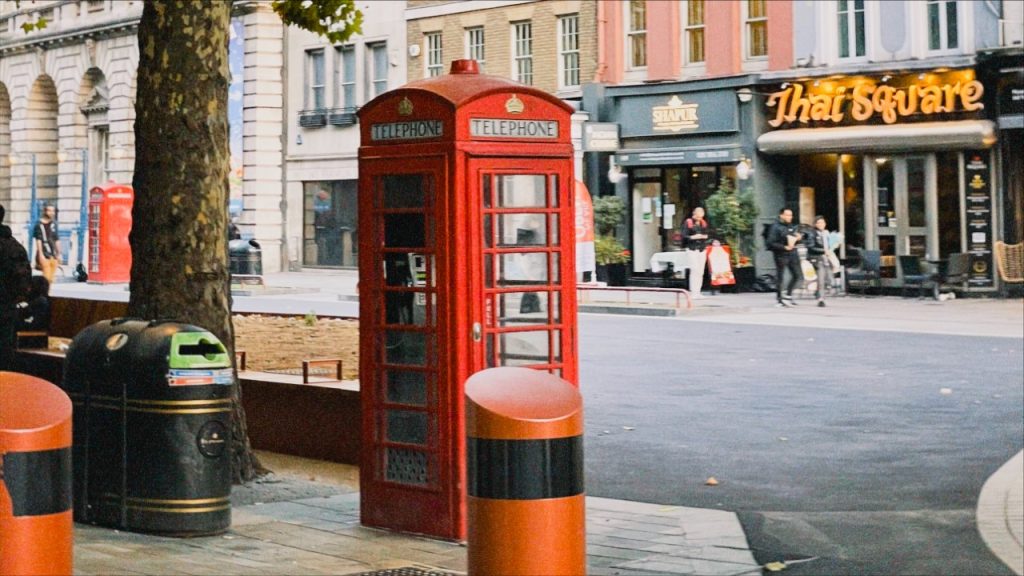The home furnishing industry is booming as people strive for quality of life. As an American home furnishing e-commerce retailer, Wayfair has achieved consistent sales growth in recent years and is expanding its brand presence on social media.
Wayfair has run a fruitful marketing campaign based on user-generated content(UGC) on Instagram that continues to this day. Wayfair invites customers who have already purchased its products to share their home setups featuring Wayfair products on Instagram. These sharing posts are all asked to add the hashtag #WayfairAtHome. Then, Wayfair’s official account will republish some UGC with a link to make it easier for others to purchase the items in the pictures shared by consumers.

The advent of the Web 2.0 era has made it possible for UGC to be created and distributed. So in this technological context, it is wise for brands like Wayfair to use UGC marketing, which brings many benefits and opportunities for the brand itself.
Mira Mayrhofer and other scholars have conducted an experiment in which the result showed that UGC can lead to higher purchase intent and lower negative consumer sentiment towards ads compared to disclosed ads and brand posts. Combined with Wayfair’s ingenious product links, this directly increases the sales of its products. In addition, UGC is derived from the experiences and feelings of real consumers and is highly persuasive, thus helping to increase brand awareness and reputation on social media. The photos posted by consumers of their home layouts explain most realistically the scenarios in which Wayfair products are used, which allows Wayfair to collect 56,000 posts on only one hashtag, #WayfairAtHome.

It is also essential to focus on the fact that UGC allows brands to connect better with consumers. The connection between consumer and brand no longer ends when the consumer pays for the goods. UGC campaigns on social media platforms enable consumers to communicate and interact with brands, which is a great opportunity to develop brand loyalty. At the same time, brands can obtain a more accurate profile of their users through information on social media. The final point is that UGC can contribute to a brand’s search engine optimisation (SEO). When you search for the keyword Wayfair on search engines, many UGC posts beneficial to the brand will appear, saving Wayfair a considerable amount of money.

For the creators, creating UGC can also bring them some benefits. The posts shared by the creators are reposted by Wayfair’s official account, which somehow recognises their home design aesthetic and will offer creators a sense of inner satisfaction. Creators willing to actively share brand-related content must also be interested in the related information, and creating such content helps creators meet more people with similar interests. The final and most important benefit is that content promoted through brands’ channels helps to increase the followers of these creators’ accounts. It allows the creators to potentially become more professional bloggers and earn some material rewards with UGC or more vertical content, such as home improvement sharing.
For brand consumers, they may seem like the people least associated with such UGC activities, but they actually get what they want out of it. For example, #WayfairAtHome gives consumers the most direct reference to purchase because the images and text posted are from consumers who have already purchased, which is more authentic than the images and text provided by the brand. Consumers buy a brand’s products partly because they like the brand. Therefore, seeing their favourite brands doing interesting UGC activities can also make them feel identified.
